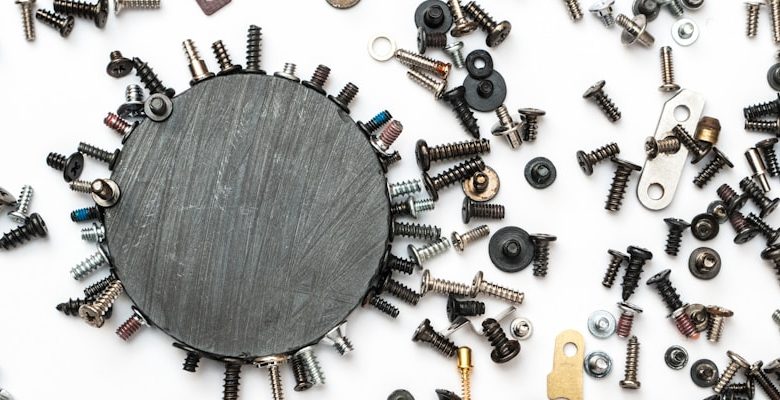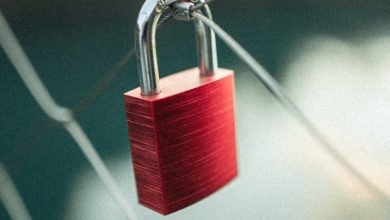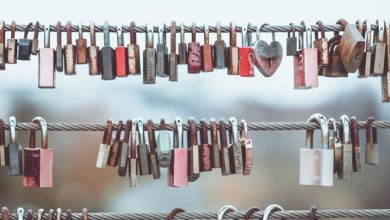How to Use Hardware Wallets for Maximum Security

- Understanding the basics of hardware wallets
- Setting up your hardware wallet securely
- Utilizing advanced security features on your hardware wallet
- Best practices for storing and backing up your hardware wallet
- Protecting your hardware wallet from physical theft
- Securing your cryptocurrency transactions with a hardware wallet
Understanding the basics of hardware wallets
When it comes to cryptocurrency security, hardware wallets play a crucial role in keeping your funds safe from online threats. These physical devices are specifically designed to store your private keys offline, making it nearly impossible for hackers to gain access to your digital assets.
Understanding the basics of hardware wallets is essential for anyone looking to maximize their security when it comes to storing cryptocurrencies. These wallets come in various shapes and sizes, but they all serve the same purpose – to provide an extra layer of protection for your funds.
- Hardware wallets are often referred to as “cold storage” devices because they are not connected to the internet, making them immune to online attacks.
- Most hardware wallets come with a secure element chip that encrypts your private keys and requires a physical button to confirm transactions.
- Setting up a hardware wallet involves creating a backup seed phrase that can be used to recover your funds in case the device is lost or damaged.
By using a hardware wallet, you can significantly reduce the risk of your funds being stolen by malicious actors. These devices are easy to use and offer peace of mind knowing that your cryptocurrencies are safe and secure.
Setting up your hardware wallet securely
To set up your hardware wallet securely, follow these steps:
– First, make sure you are purchasing your hardware wallet from a reputable source. Check reviews and do your research to ensure you are getting a legitimate device.
– Once you have your hardware wallet, carefully read the instructions that come with it. Each wallet may have slightly different setup procedures, so it’s important to follow the specific guidelines for your device.
– Before you begin the setup process, make sure your computer is free from malware and viruses. This will help prevent any potential security threats during the setup.
– When setting up your hardware wallet, choose a strong PIN code that is not easily guessable. Avoid using common numbers like your birthdate or “1234.”
– Write down your seed phrase and store it in a safe place. This is crucial for recovering your funds if your hardware wallet is lost or damaged.
– Once your hardware wallet is set up, make sure to keep it in a secure location. Do not share your PIN code or seed phrase with anyone.
– Regularly update your hardware wallet’s firmware to ensure you have the latest security features and bug fixes.
– By following these steps, you can set up your hardware wallet securely and protect your cryptocurrency assets from potential threats.
Utilizing advanced security features on your hardware wallet
When using a hardware wallet, it is crucial to take advantage of the advanced security features offered to ensure the safety of your cryptocurrency investments. By utilizing these features, you can significantly reduce the risk of unauthorized access to your funds.
One of the key security features that hardware wallets offer is the ability to set up a PIN code. This PIN code acts as an additional layer of protection, requiring anyone attempting to access your wallet to enter the correct code. Make sure to choose a PIN code that is not easily guessable and avoid using common numbers like your birthdate or 1234.
Another important security feature to enable on your hardware wallet is the option for two-factor authentication. This means that in addition to entering your PIN code, you will also need to verify your identity through a secondary method, such as a fingerprint scan or a one-time password sent to your mobile device.
Additionally, some hardware wallets offer the ability to create a passphrase as an extra security measure. This passphrase acts as a 25th word to your recovery seed phrase, adding an extra layer of protection in case someone gains access to your seed phrase.
By taking advantage of these advanced security features on your hardware wallet, you can rest assured that your cryptocurrency holdings are well-protected from potential threats. Remember to keep your PIN code, passphrase, and recovery seed phrase in a safe and secure location, separate from your hardware wallet, to mitigate the risk of losing access to your funds.
Best practices for storing and backing up your hardware wallet
When it comes to storing and backing up your hardware wallet, it is crucial to follow best practices in order to ensure the security of your cryptocurrency assets. Here are some tips to help you keep your hardware wallet safe:
- Store your hardware wallet in a secure location away from prying eyes. This could be a safe, a safety deposit box, or another secure location in your home.
- Make sure to keep your recovery seed phrase in a separate location from your hardware wallet. This will ensure that if your wallet is lost or stolen, you can still access your funds.
- Consider creating multiple copies of your recovery seed phrase and storing them in different secure locations. This will provide an extra layer of protection in case one copy is lost or damaged.
- Encrypt any digital copies of your recovery seed phrase and store them on a secure external hard drive or USB drive. Make sure to keep these backups in a safe location as well.
- Regularly check your hardware wallet for any signs of tampering or damage. If you notice anything suspicious, stop using the wallet immediately and contact the manufacturer for assistance.
By following these best practices for storing and backing up your hardware wallet, you can help ensure the security of your cryptocurrency assets and enjoy peace of mind knowing that your funds are safe and protected.
Protecting your hardware wallet from physical theft
It is crucial to take steps to protect your hardware wallet from the threat of physical theft. Here are some tips to help keep your wallet safe:
- Store your hardware wallet in a secure location, such as a safe or lockbox, when not in use.
- Avoid carrying your hardware wallet around with you in public, as this can make you a target for thieves.
- Consider using a decoy wallet to trick potential thieves in case your hardware wallet is ever stolen.
- Use a strong and unique PIN code to lock your hardware wallet and prevent unauthorized access.
- Keep a backup of your recovery seed in a separate, secure location to ensure you can recover your funds if your hardware wallet is lost or stolen.
By following these precautions, you can minimize the risk of physical theft and protect your cryptocurrency investments stored on your hardware wallet.
Securing your cryptocurrency transactions with a hardware wallet
When it comes to securing your cryptocurrency transactions, using a hardware wallet is one of the most effective methods. Hardware wallets are physical devices that store your private keys offline, making it nearly impossible for hackers to access your funds. To maximize security when using a hardware wallet, follow these key steps:
- Always purchase your hardware wallet from a reputable source to ensure it has not been tampered with.
- Set up your hardware wallet in a secure environment, away from prying eyes.
- Make sure to backup your recovery seed phrase and store it in a safe place.
- Enable two-factor authentication on your hardware wallet for an extra layer of security.
- Regularly update the firmware on your hardware wallet to protect against any potential vulnerabilities.
By following these steps, you can rest assured that your cryptocurrency transactions are safe and secure when using a hardware wallet. Remember, protecting your assets should always be a top priority in the world of cryptocurrency.



